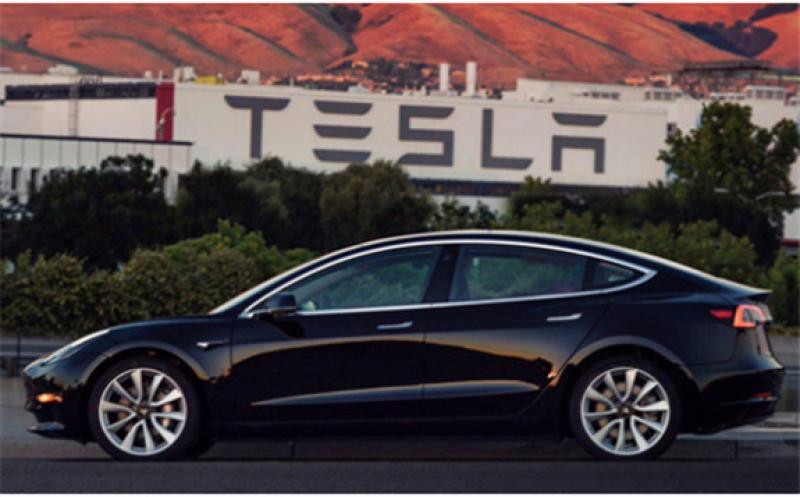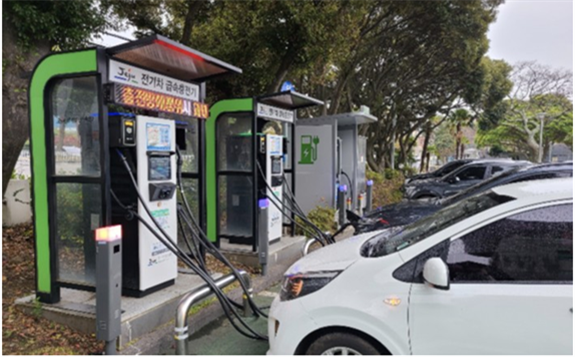Last year Oilprice reported that the energy storage industry was about to explode in China. We wrote that “China is set to become the single biggest energy storage market in the Asia Pacific region by 2024,” citing a Wood Mackenzie report that said China was in the midst of a global energy storage market takeover with “cumulative energy storage capacity projected to skyrocket from 489 megawatts (MW) or 843 megawatt-hours (MWh) in 2017 to 12.5 gigawatts (GW) or 32.1GWh in 2024.”
Wood Mackenzie also said in the same report, however, that the United States was not far behind, and that China and the United States were “set to dominate with over 54% of the market by 2024 shared between them.” And they were right. This week the Financial Times published an article that proclaims: “U.S. solar industry powers ahead as investors back batteries.”
The boom in the energy storage industry is extremely promising for the future of solar power in the United States and around the world, and for decarbonization of the global energy industry as a whole. While solar and wind power are extremely promising as efficient, economically viable and carbon-free forms of energy production, they have a major drawback--they’re variable. Depending on the weather daylight hours to supply essential energy to the grid is too much of a gamble to be able to switch over to wind and solar entirely--unless you can store excess energy and feed it back into the grid when it’s needed.
Now it’s energy storage’s time to shine. “Thanks to a wave of investment, solar farms across the US are increasingly being built with industrial-scale battery packs on site so that noontime surpluses can be stored for release in the evening hours when people come home to switch on lights, appliances and air conditioners,” reports the Financial Times. “Fund managers, power producers, utilities and energy-hungry tech companies are among those making big financial commitments to ‘solar-plus-storage’ projects, introducing a helpful cushion for America’s finely balanced electricity markets and easing the way for a sharp rise in renewable generation.”
And that solar storage capacity is set to keep on growing at quite a clip. Thanks to government policy supporting the growth of the sector and a whole lot of new capital, a 100% renewable energy sector is more feasible than ever. Last year an MIT research lab looked into this question: just what would it take for the U.S. to achieve an energy mix with 100 percent renewable energy? The answer was much cheaper energy storage.
The study, entitled “Storage Requirements and Costs of Shaping Renewable Energy Toward Grid Decarbonization“ determined that, long story short, the cost of energy storage will have to dip to just $20 per kilowatt hour (or cheaper) in order for a viable pathway to 100 percent renewable energy in the United States, in other words, about a 90 percent drop in prices as compared to when the study was published in August.
Now it looks like that bright, shining future of cheap energy storage and zero emissions is closer than ever as investors pour money into making the energy storage sector more widespread and efficient than ever before. And some prices are already dropping. The Financial Times writes that this U.S. energy storage boom comes with the backdrop of “a 77 percent decline in solar panel prices and an 87 per cent fall in lithium-ion battery prices over the past decade.”






